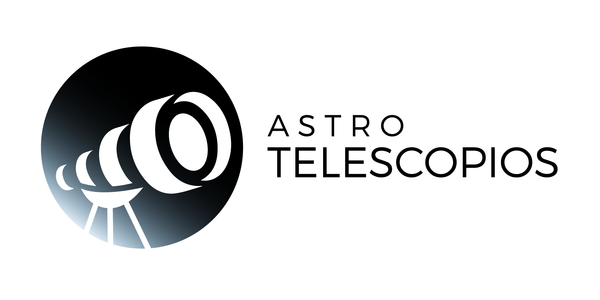
The Geminid meteor shower: a dazzling astronomical spectacle
Every year, Earth witnesses a series of fascinating astronomical events that capture the attention of sky watchers around the world. Among these celestial events, the Geminid meteor shower stands out as one of the most impressive and predictable phenomena that can be enjoyed from Earth. Join us on this journey through the Geminids, a cosmic spectacle that has amazed observers for decades.
Origin and Name:
The Geminids get their name because they appear to come from the constellation Gemini. Unlike many other meteor showers, the Geminids are not associated with a comet, but with the asteroid 3200 Phaethon . This rocky object is responsible for the debris that forms the meteor shower as it enters the Earth's atmosphere.
Observation Date and Conditions:
The Geminid meteor shower peaks in mid-December, usually around December 14 and 15 each year. This optimal time for observation often coincides with the absence of the full moon, providing ideal conditions to enjoy the spectacle. Moonless nights allow the faint light of meteors to be more visible, creating a perfect dark backdrop for observing the Geminids.
Why are the Geminids Special?
What distinguishes the Geminids from other meteor showers is their remarkable intensity and varied range of colors. These meteors tend to be slower compared to other showers, allowing for longer viewing and appreciation of their vibrant colors. From hues of red and green to brilliant blues, the Geminids offer a visual feast that captivates observers of all ages.
Tips for Observation:
While the Geminids are visible around the world, the quality of the observation may vary depending on location and local conditions. Here are some tips to make the most of this astronomical phenomenon:
-
Find a dark place: Getting away from city light pollution and looking for a dark place will increase the visibility of meteors.
-
Look in the right direction: The Geminids appear to come from the constellation Gemini, but it's possible to see meteors anywhere in the sky. It is not necessary to look directly at the constellation, but positioning yourself to have a wide field of view is beneficial. On the night of December 14 and 15, look to the East and look for the stars Castor and Pollux, since the constellation of Gemini will be above them. Use an app like Stellarium or SkyMap to find your way and enjoy. The show starts very soon and can be seen throughout the night.

-
Wear warm clothing: Since the Geminid meteor shower occurs in December, the nights are likely to be cold. Make sure you dress appropriately to enjoy the cosmic spectacle without discomfort.
The Perennial Charm of the Geminids:
The Geminid meteor shower remains one of the most anticipated and accessible astronomical events for observers around the world. Their predictability and the unique beauty of their meteors make the Geminids an unforgettable experience for those seeking to connect with the vast cosmos above us. So prepare your folding chair, wrap yourself in blankets and head somewhere dark to witness this impressive celestial spectacle that never ceases to amaze.
